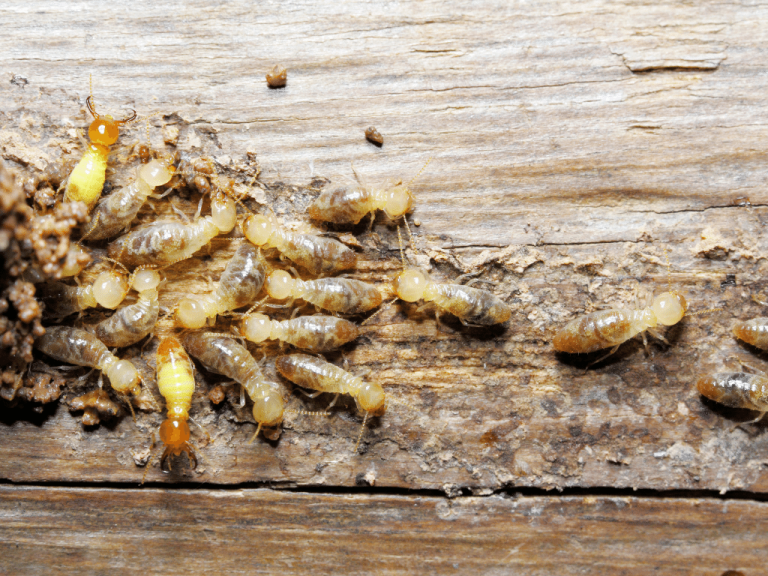In tropical and humid regions, some wooden structures like houses, boats, and swing sets are often riddled with numerous tunnel-like holes, and the wood becomes so decayed and fragile that it crumbles at the slightest touch. This often leads to accidents like collapses, sinkings, and breakages. Even books in libraries can become so tattered and damaged that they are unreadable. This is all the destructive work of termites!
People often wonder: why do termites bore into wood and paper? How do they sustain themselves by eating these materials?
It turns out that the organic substances in wood, primarily cellulose and lignin, contain cellulose, which is a type of polysaccharide compound. If wood shavings are chemically decomposed, they can serve as nutritious pig feed. However, in their undecomposed state, no matter how much nutritional content they have, they cannot be digested and absorbed.
Coincidentally, termites have a very low-level microorganism in their intestines called “termite protozoa” or “hyperflagellates.” These microorganisms can break down the cellulose in the wood that termites consume into fine, mushy particles that the termites can digest and absorb, while the protozoa themselves also obtain the nutrients they need to survive. This mutually dependent lifestyle is known in biology as “symbiosis.” Thus, termites have become “experts” at boring into wood.
Most structures use wood for beams and pillars. If the roof leaks and creates a moisture line in these wooden structures, it becomes an ideal target for termite infestation. Their “food” problem is thereby solved, and their entire “family” will “move” to this location. Over time, the house becomes a hazardous structure.
Termite experts have experimented and found that cutting off the moisture lines to termites is the best and most economical new method for eradicating them.

